All American
7/30/25, 05:19, animals, food
This past Sunday I was lucky enough to score a volunteer oppurtunity at the St. Louis Zoo. Although I have volunteered there several times, I haven't had the chance to actually interact with animals and their respective enclosures before. I'd like to think that is the reason I was so excited to do to husbandry for the Zoo's endangered American Burying Beetles. In any other situation, I would not be so okay with feces on my hands. Regardless of how gross this could be, I enjoyed it.
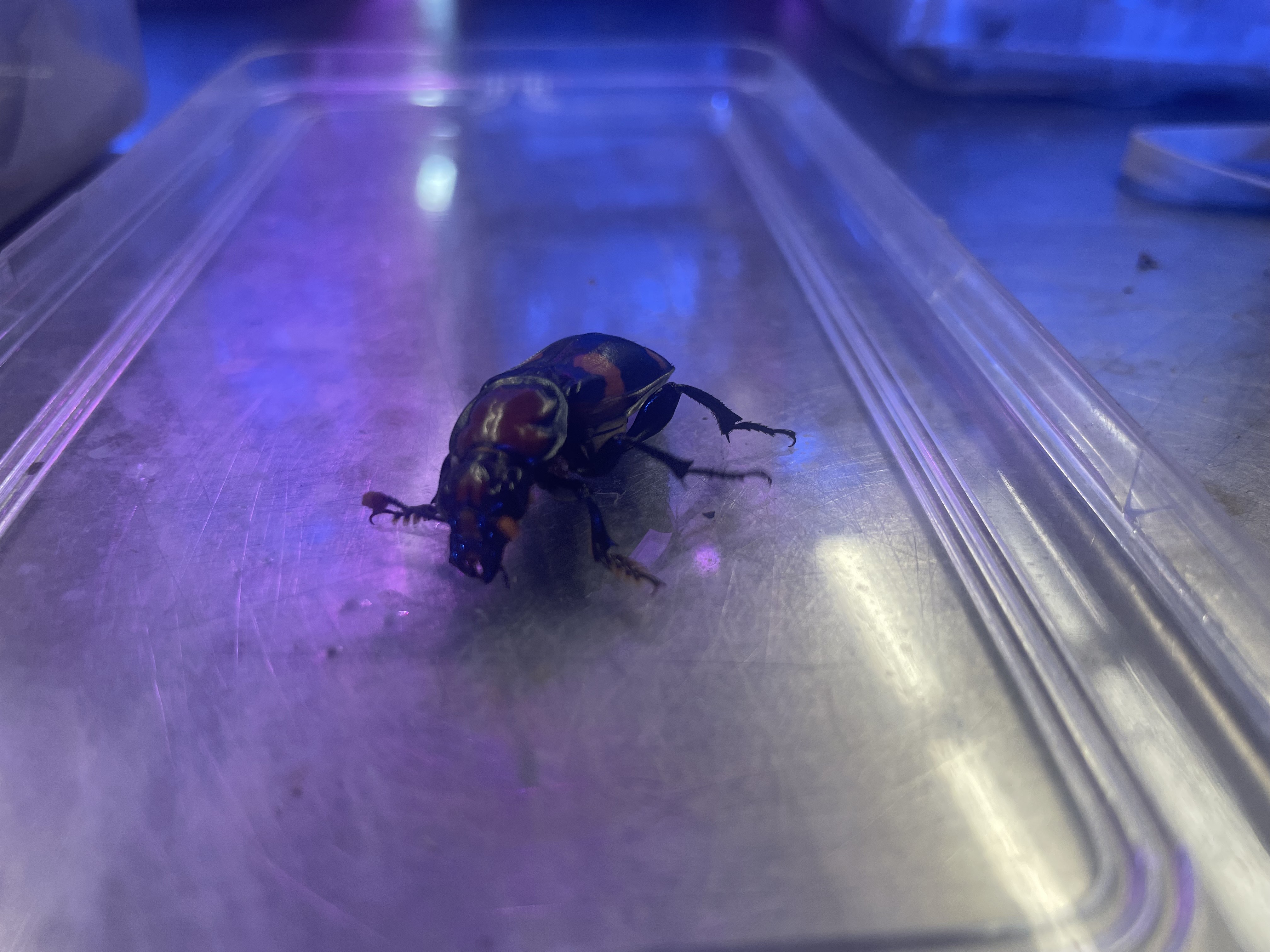
Here is some explanation, as I'm sure not everyone knows what "husbandry" is. In short, husbandry is the act of maintaining an animals living space. It has nothing to do with actual husbands or marrying animals, much to my father's delight (somehow he was convinced I was attempting to marry some beetles...). Anyways, now that we all know what husbandry is, let's get into the nitty-gritty of it all.
Unfortunately for me, I was not able to get my beauty sleep that Sunday as the shift started at 9 a.m. sharp. No matter how hard I try to be perfectly on time, though, I can never seem to acheive it. I got to the North Entrance of the zoo at around 09:05 that day and made it into the Insectarium at 09:07. At first it was a challenge to find anyone who could open the research doors for me. Thankfully, a quite lively man, stepped out from behind the heavy door and assited me in finding where I ought to be.
Though I cannot give exact details due to the confidentiality of non-public spaces at the St. Louis Zoo, I will breifly say that directly across from this door is another door with a window into the small closet like room. Despite my intial thoughts, this small room was a bit chilly comparatively. Not only did this room house the hundreds of American Burying Beetles, but it also had a whole lot of brine shrimp, however, these shrimp are quite irrelevant to me. In this room I also met my partner for the day. I would share their name but I, regrettably, forgot to ask if they were comfortable with that.
Next I was instructed to load a tub atop a cart with dozens of said beetles and bring them out to the main room. This main room, unlike the rooms before, I can go into detail about, as the public has visual access to it. The visual access is thanks to a large window in one of the walls which features a sort of floating ant colony. The rest of the space is made up of work stations, aquariums, and insect habitats.
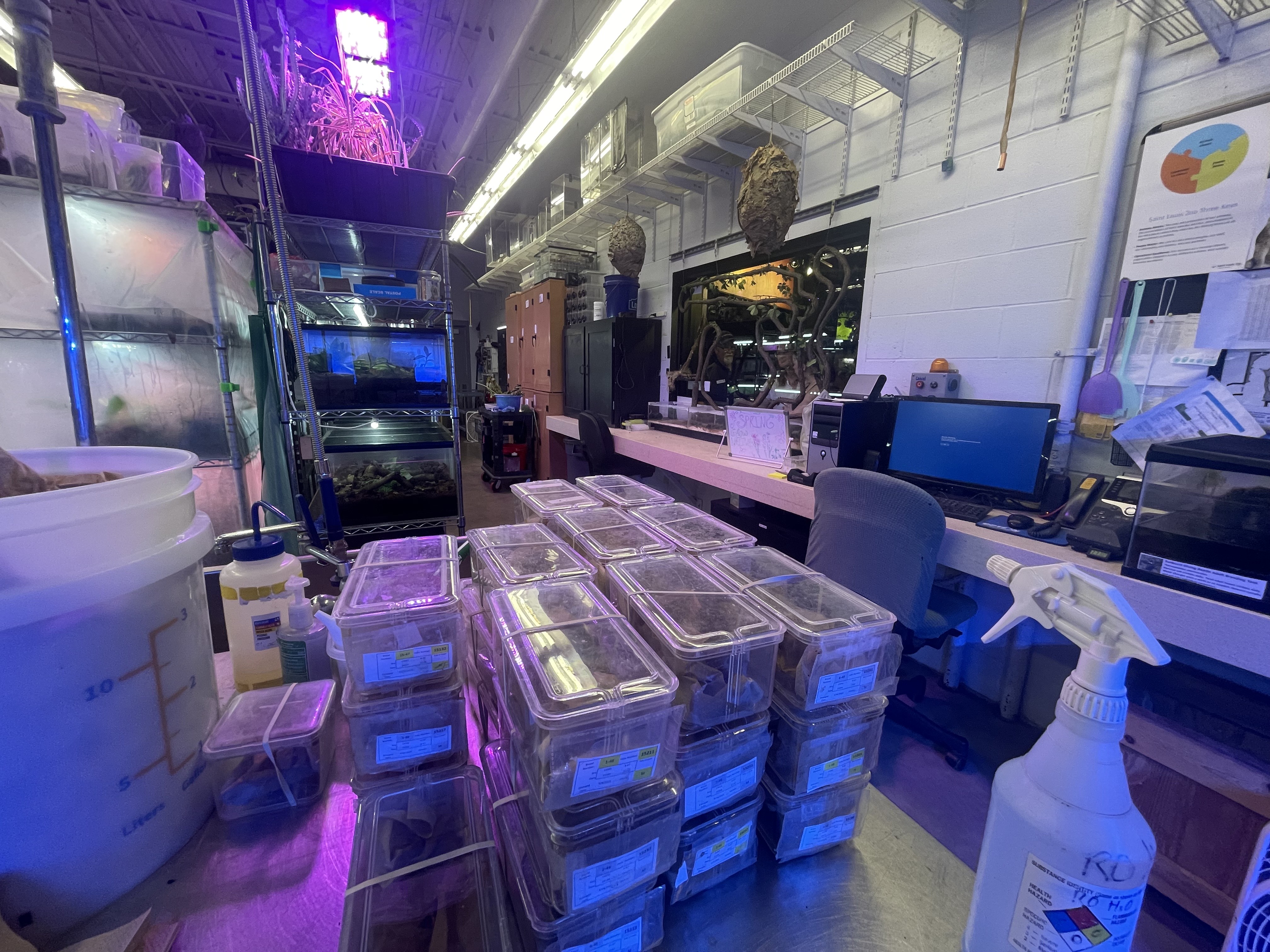
After bringing my beetle friends out to one of the workstations, my partner and I got the rundown. First, take out dirty papers and place your respective beetle in a cup. Next, remove any living mealworms or waxworms from the paper towels and enclosure. After that, wipe out said enclosure and restock the food. Lastly, mist down the habitat and return the beetle home.
Waxworms↓
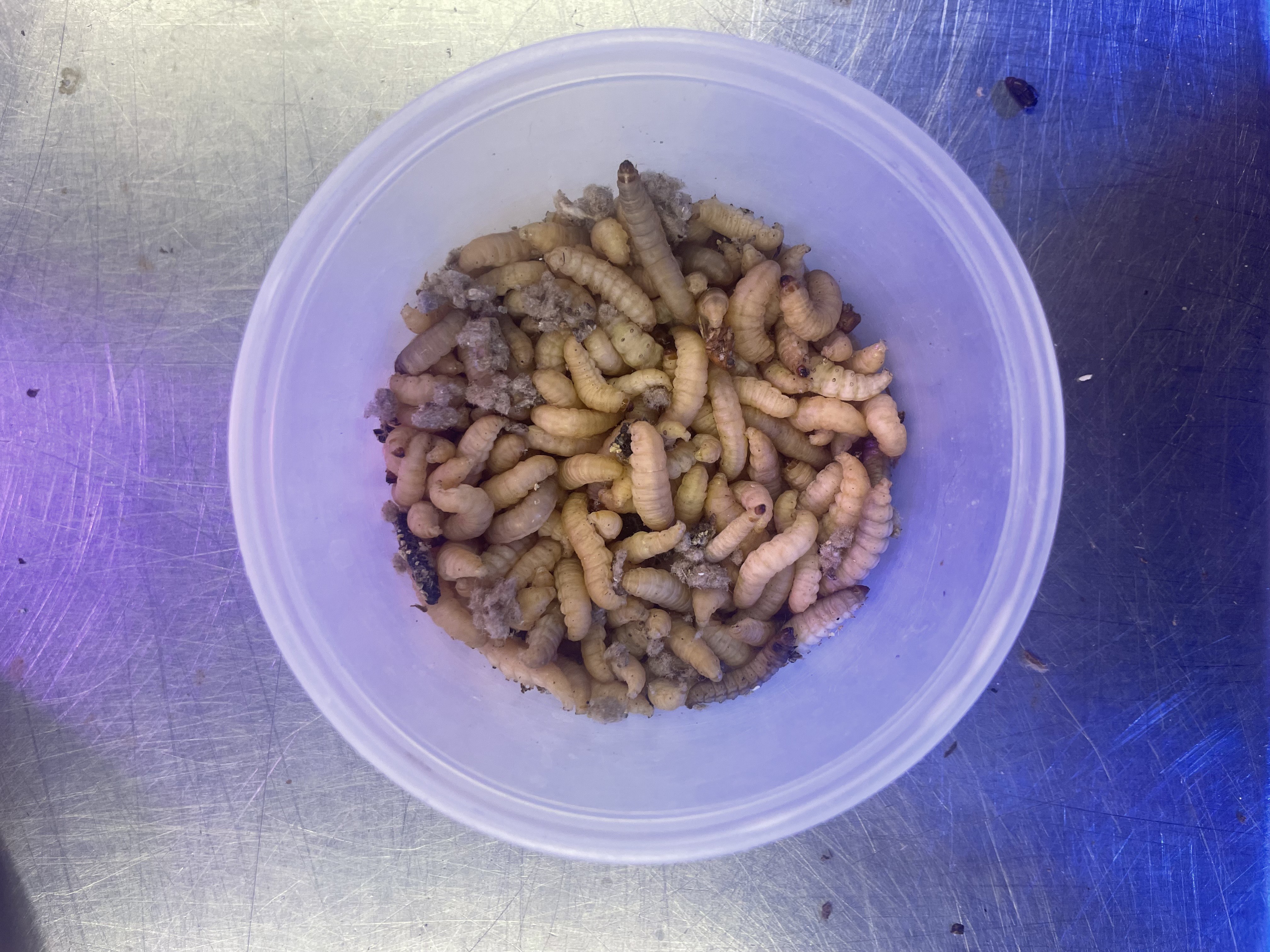
Mealworms↓

When I say there were so many beetles, I mean there were so many beetles. Geniunely, an absurd amount of beetles. Though, I guess it makes sense, seeing as this is a zoo.
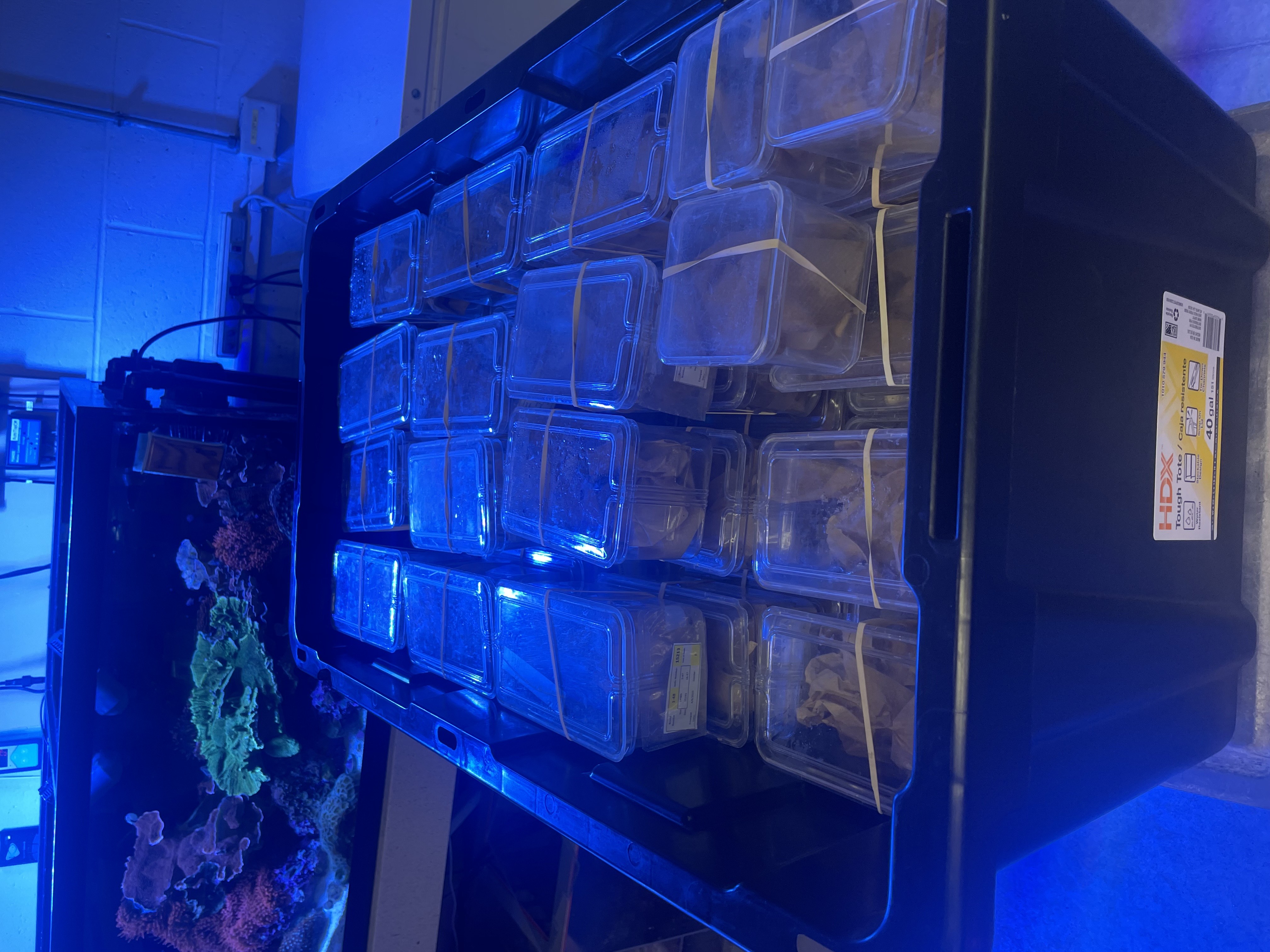
Regardless of the amount of beetles, I am so very grateful that I have been able to have this experience. Ever since I was real little, I dreamed of going to parts of the zoo visitors weren't allowed to. At first it started with tours. I would book tours of the herpetarium again and again. Then, around the end of my freshman year of high school, I heard about a volunteer program at the St. Louis Zoo specifically for teens. For a while I was hesitant to apply as it was intimidating. Eventually I did apply and I, thank God, made it to the first round of interviews. Though they didn't explictly state that there was a second round of interviews, it was clear there was. Soon enough the month long evaluation process was finished and I had been accepted. Since then it's been a lot of hard work, nearly 102 volunteer hours now.
Okay, leaving sappy Mavis behind, despite the work being centered around American Burying Beetles, we also had three Common Burying Beetles. The only major visual difference between the American Burying Beetle and the Common Burying Beetle, is that the latter lacks the large "shield" shape on the thorax.
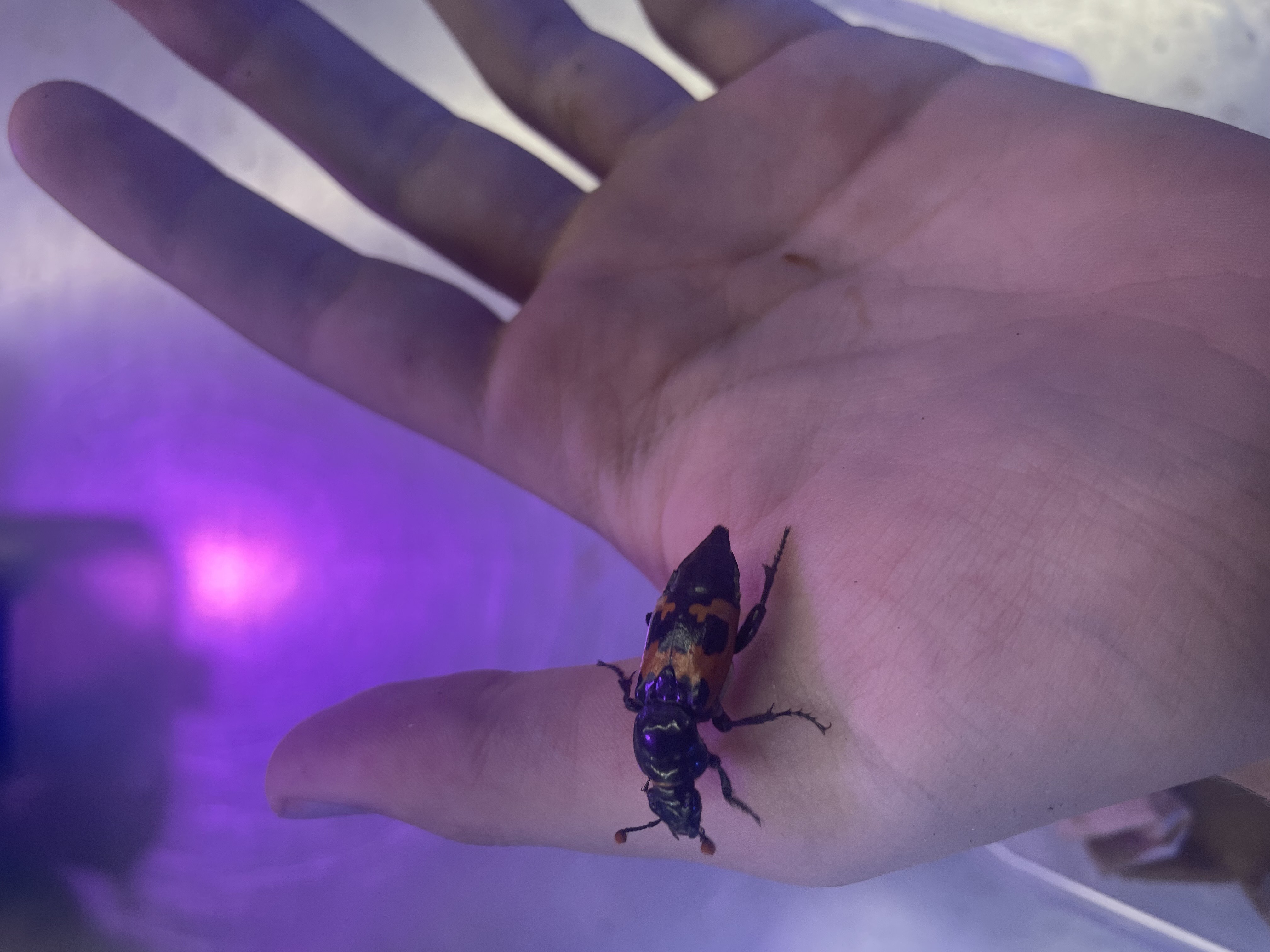
Once my partner and I had finished the husbandry of the American and Common Burying Beetles, we were both gifted a book. Interestingly, I am, for some reason, expected to study said book. Sadly for the entemology crew, I will not be studying that book, I have better things to do.
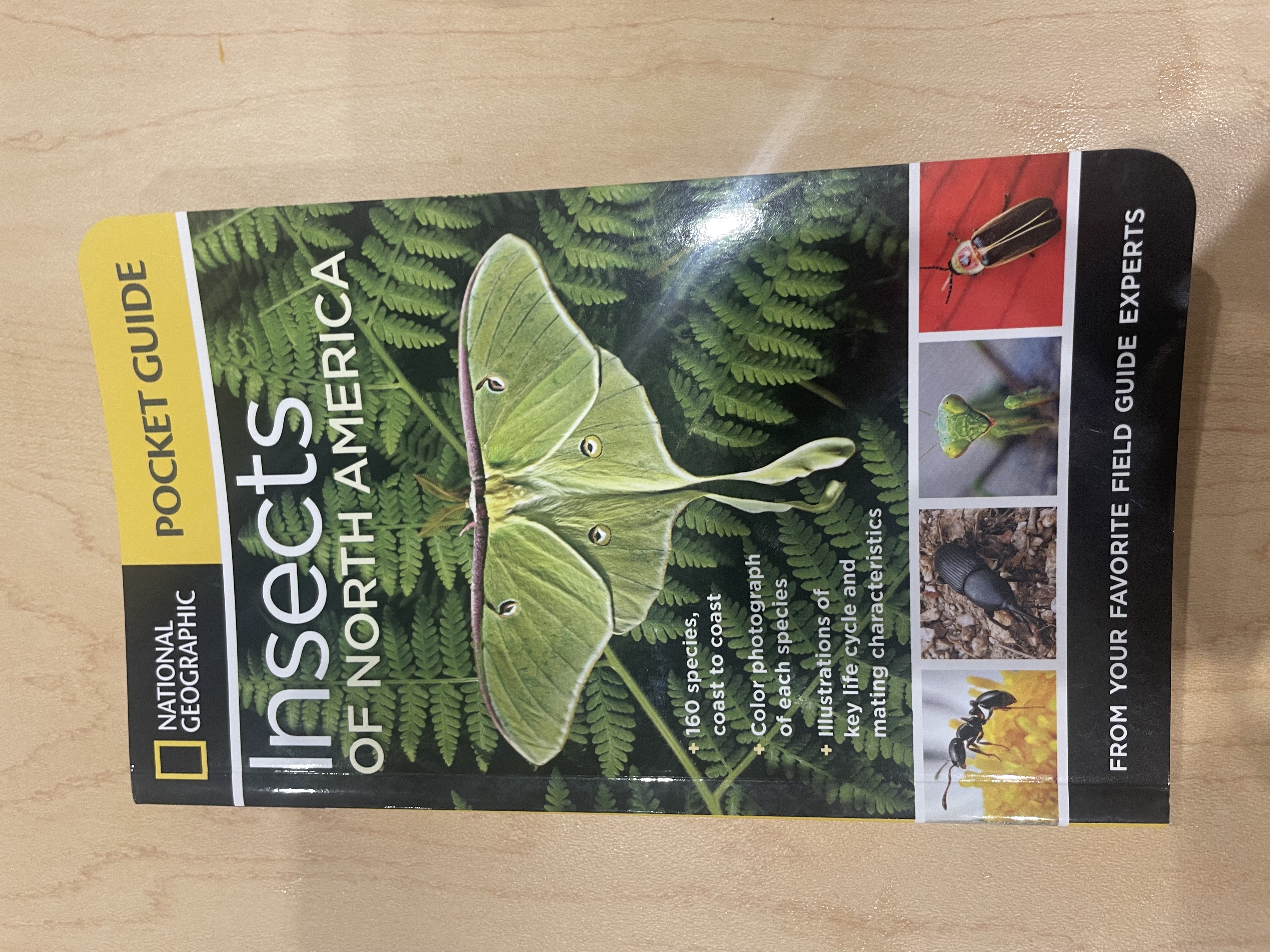
Finally, to finish my day at the zoo, I supposed I should get some food. To settle my stomach I decided to go to the St. Louis Zoo's Lakeside Cafe. Although I spent several minutes looking at the menu, I ultimately chose the cheese fries like usual. In addition to that, I also got a diet coke. Unlike Six Flags, this diet coke actually was diet coke. Furthermore, the zoo's souvenir refillable cup was not only redeemable throughout the whole season, but it was also only $11.99 + tax. This is, put lightly, astoundingly better than Six Flags.

Six Flags aside, I quite enjoyed my food, actually. In this case, I full knew that the fries and cheese would be mediorce. In fact, I was honestly looking forward to the taste of them. In addition to wonderful cheese fries, as a volunteer I am able to redeem a 50% discount on all food. This means that I paid, I think, $6.12 in total.
Personally, I would rate the beetles 10/10, the book 7/10, and the cheese fries 8/10. I strongly recomend these cheese fries, to be honest.